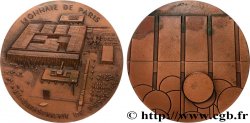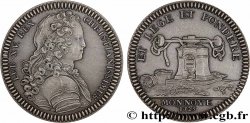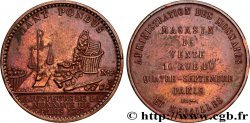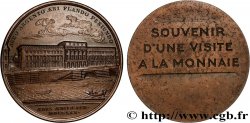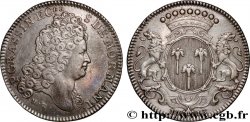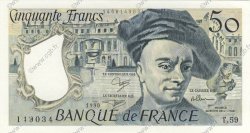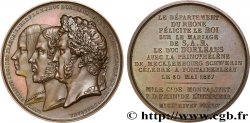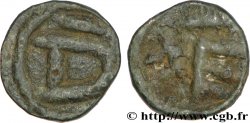fjt_012965 - MONNAIE DE PARIS Pierre Grassin, seigneur de Mormant, directeur général 1712
Not available.
Item sold on our e-shop (2013)
Price : 250.00 €
Item sold on our e-shop (2013)
Price : 250.00 €
Type : Pierre Grassin, seigneur de Mormant, directeur général
Date: 1712
Metal : red copper
Orientation dies : 6 h.
Edge : lisse
Rarity : R1
Coments on the condition:
Même si ce jeton est dans un état extraordinaire, à bords coupants, pour l’époque, rien ne laisse penser à une refrappe
Obverse
Obverse legend : PI GRASSIN ECER S DE MORMANT 1712.
Obverse description : Buste de P. Grassin.
Reverse
Reverse description : Armes de P. Grassin.
Commentary
Exceptionnel jeton à portrait, certainement induit par les responsabilités du personnage.
Pierre Grassin est baron d'Arcis et Dieuville-sur-Aube, seigneur de Mormant, et directeur général des Monnaies de France. Sa famille aurait été originaire de Sens d'après J. Florange. Sa femme est Charlotte Dupuy d'Igny.
Pierre Grassin est baron d'Arcis et Dieuville-sur-Aube, seigneur de Mormant, et directeur général des Monnaies de France. Sa famille aurait été originaire de Sens d'après J. Florange. Sa femme est Charlotte Dupuy d'Igny.








 Report a mistake
Report a mistake Print the page
Print the page Share my selection
Share my selection Ask a question
Ask a question Consign / sell
Consign / sell
 Full data
Full data